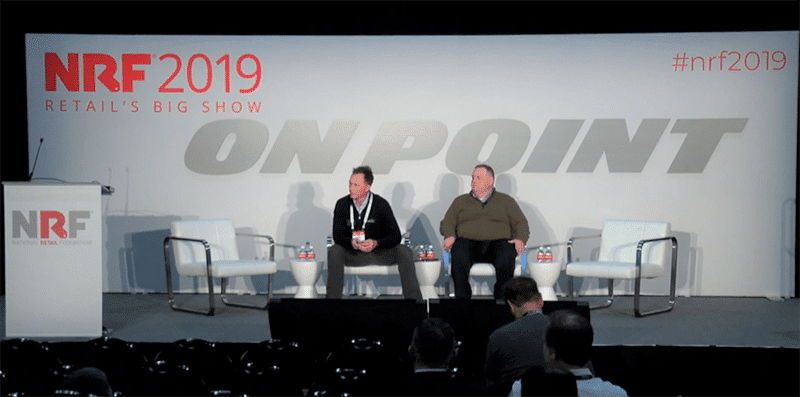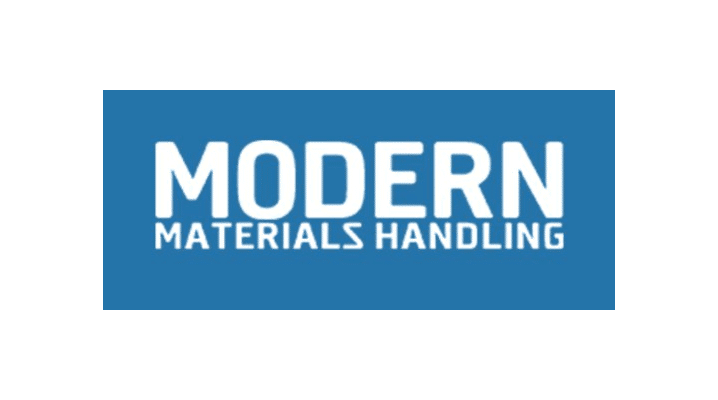Successful CPG businesses are reaching for efficient manufacturing operations and new supply chain and transportation models.
Dropshipping for Omni-Channel Retailers and Brands
Learn more about how dropshipping for omni-channel retailers and brands can help your company in this video from enVista.
[Video] – How Omni-Channel Brands Can Enable a Strategic Dropship Program
Dropshipping can be a game-changer for omnichannel retailers and brands. Learn what it takes to launch a strategic dropship program.
Internet of Things (IoT) in the Supply Chain
IOT is impacting the supply chain in ways the are previously unheard of. Utilize the data points at your fingertips through the use of the internet of things.
Labor Management navigates worker shortage
Reading Time: 2 minutes
A fundamental shift is underway in labor management best practices today. And it’s coming none too soon.
As you well know, labor is tight and often on the move from one employer to another. And, we all know that’s not going to change anytime soon. In fact, the Conference Board doesn’t expect the blue collar labor shortage to improve until 2030 or later.
Meanwhile, distribution center managers are under constant pressure to improve productivity as the velocity of DCs continues to ramp up. Omni-channel and e-commerce are generally making the drive for higher performance even more acute—and that’s not about to change either.
That confluence has created a pinch point that can be difficult to squeeze through on many DC floors. But it’s not impossible.
“First-line supervisors and their managers need to focus on making associates confident and successful in their day-to-day activities,” explains Jim Chamberlain, senior director of industrial engineering at third-party logistics provider DSC Logistics. “That requires an investment of time and effort to balance success with accountability.”
Experts agree that a DC with that balance is a different kind of workplace.
“You can tell the difference when you walk into a well-run DC. People are working. They’re moving. They know they will be rewarded, and it shows. Nobody wants to be at the bottom of the barrel in terms of personal performance,” explains Steve Simmerman, senior director of JDA’s global and alliance team.
Better yet, those workplaces typically have a much reduced turnover rate than other DCs that report turnover rates of 35% or more, says Simmerman.
Chamberlain says DSC Logistics’ turnover rate attributed to its labor management program is less than 5% across 55 sites. “The only thing worse to us than losing an employee is a safety violation,” he says. That’s easy to appreciate for anyone who has interviewed 15 or 20 people just to find the one who both shows up consistently and does a good job.
Beyond measuring an individual’s performance, “labor management is a retention tool,” says Jon Kuerschner, vice president of supply chain solutions at HighJump.
That said, labor management is still building its base in DCs. Estimates for penetration of labor management software vary. But it is generally agreed that larger companies typically include the software when purchasing a warehouse management system (WMS). Smaller companies are not as enthusiastic while those with fewer than 100 employees use labor management software the least. But that doesn’t have to be the trend going forward.
Good Question: What’s your best supply chain tip?
Reading Time: < 1 minute
Think digital as well as physical. When one first thinks of their supply chain they immediately go to the physical side: shipping, storage, and distribution. The Internet of Things, artificial intelligence, blockchain, and the application of advanced analytics must be included in your plans as well. Today’s commerce is driven by the digital side and supported by the physical side.







